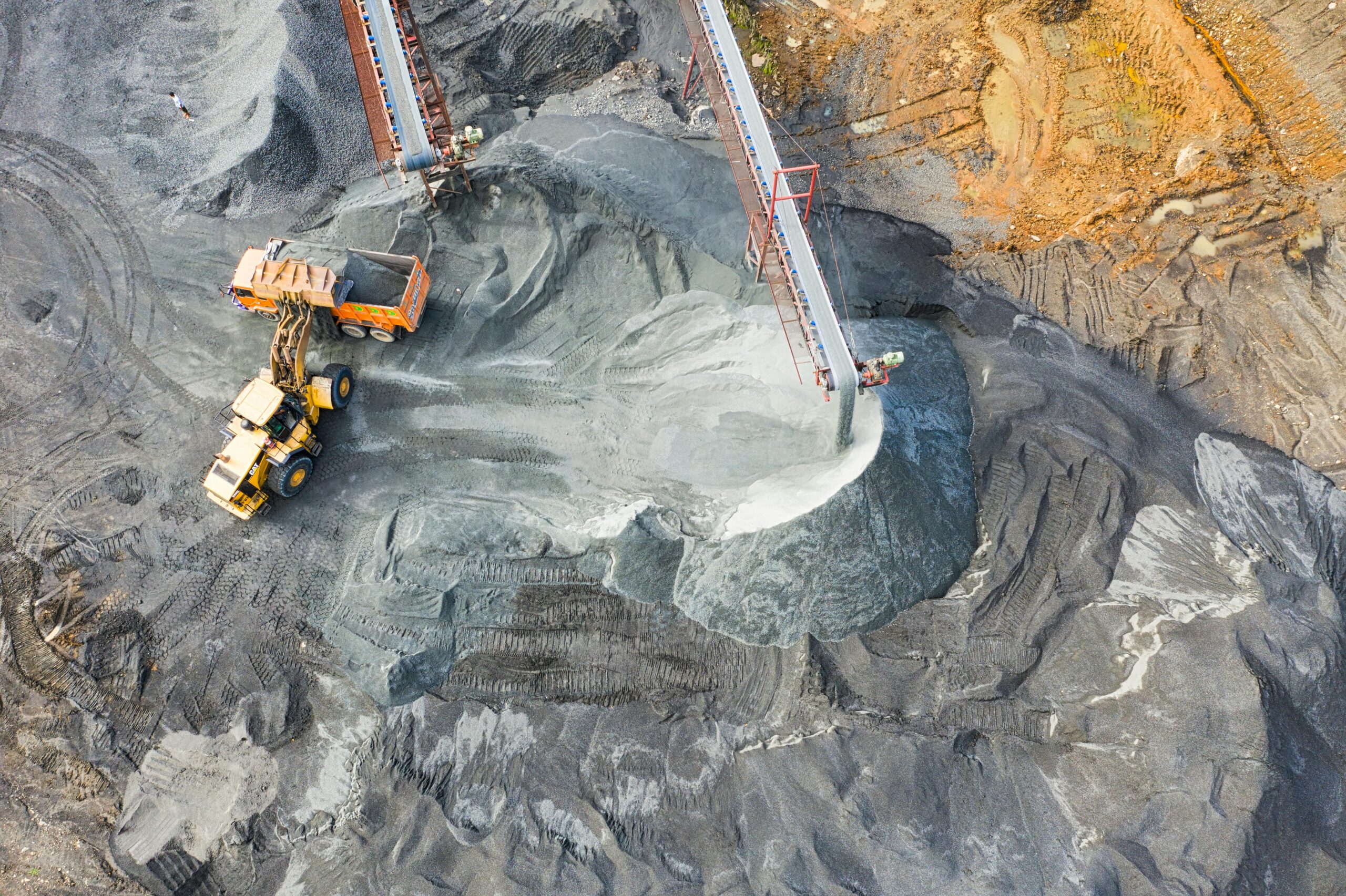Urbanization is one of the most significant trends of the 21st century, as more than half of the global population now lives in urban areas. This shift from rural to urban living is reshaping ecosystems, altering landscapes, and influencing environmental processes. While urban growth can drive economic development and improve living standards, it also presents considerable challenges to ecological balance. Understanding these impacts is essential for creating sustainable urban environments.
The Environmental Impacts of Urbanization
- Loss of Biodiversity
Urbanization often leads to habitat destruction, which is one of the leading causes of biodiversity loss. According to a report by the United Nations Environment Programme (UNEP), urban expansion can fragment ecosystems, making it difficult for species to migrate, find food, and reproduce. For example, the conversion of forests and wetlands into urban areas can eliminate crucial habitats for numerous species, leading to declines in population and even extinction. - Altered Water Cycles
The increase in impervious surfaces, such as roads and buildings, disrupts natural water drainage and increases surface runoff. This change can lead to urban flooding, reduced groundwater recharge, and water quality deterioration due to the runoff of pollutants. Research from the U.S. Geological Survey (USGS) shows that urban areas can experience significantly altered hydrological cycles, which can result in increased flooding and erosion. - Air Quality Degradation
Urbanization is closely linked to air pollution. The concentration of vehicles, industrial activities, and construction can lead to elevated levels of harmful pollutants such as nitrogen oxides, particulate matter, and sulfur dioxide. The World Health Organization (WHO) states that urban air pollution is a major environmental health risk, contributing to respiratory diseases and other health issues. - Heat Island Effect
Urban areas are typically warmer than their rural surroundings due to the heat island effect, which is caused by the extensive use of concrete, asphalt, and other materials that absorb and retain heat. According to the Environmental Protection Agency (EPA), urban heat islands can lead to increased energy consumption, elevated emissions of air pollutants and greenhouse gases, and heat-related illnesses.
Strategies for Sustainable Urban Development
To address the environmental impacts of urbanization, cities can adopt various sustainable practices:
- Green Infrastructure
Incorporating green spaces, such as parks, green roofs, and urban forests, can help mitigate the adverse effects of urbanization. Green infrastructure improves air quality, reduces heat, enhances biodiversity, and promotes stormwater management. Research has shown that urban green spaces can support wildlife and improve the well-being of city dwellers. - Sustainable Transportation
Promoting public transportation, walking, and cycling can reduce reliance on automobiles, decreasing traffic congestion and air pollution. Cities like Copenhagen and Amsterdam have successfully implemented cycling infrastructure, leading to healthier lifestyles and a reduction in carbon emissions. - Smart Growth Principles
Smart growth focuses on sustainable land use that promotes compact, walkable communities. By prioritizing infill development and mixed-use spaces, cities can reduce urban sprawl and its associated environmental impacts. This approach also fosters community interaction and social cohesion. - Ecosystem Restoration
Restoring degraded ecosystems within urban areas can enhance biodiversity and improve ecosystem services. Projects that focus on wetland restoration, reforestation, and riverbank stabilization can help mitigate the environmental consequences of urbanization.
Conclusion
Urbanization is reshaping our ecosystems in profound ways, presenting both challenges and opportunities for sustainable development. As cities continue to grow, it is crucial to adopt strategies that prioritize environmental health, biodiversity, and the well-being of urban residents. By integrating sustainable practices into urban planning and development, we can create cities that not only thrive economically but also support healthy ecosystems.








Leave a Comment